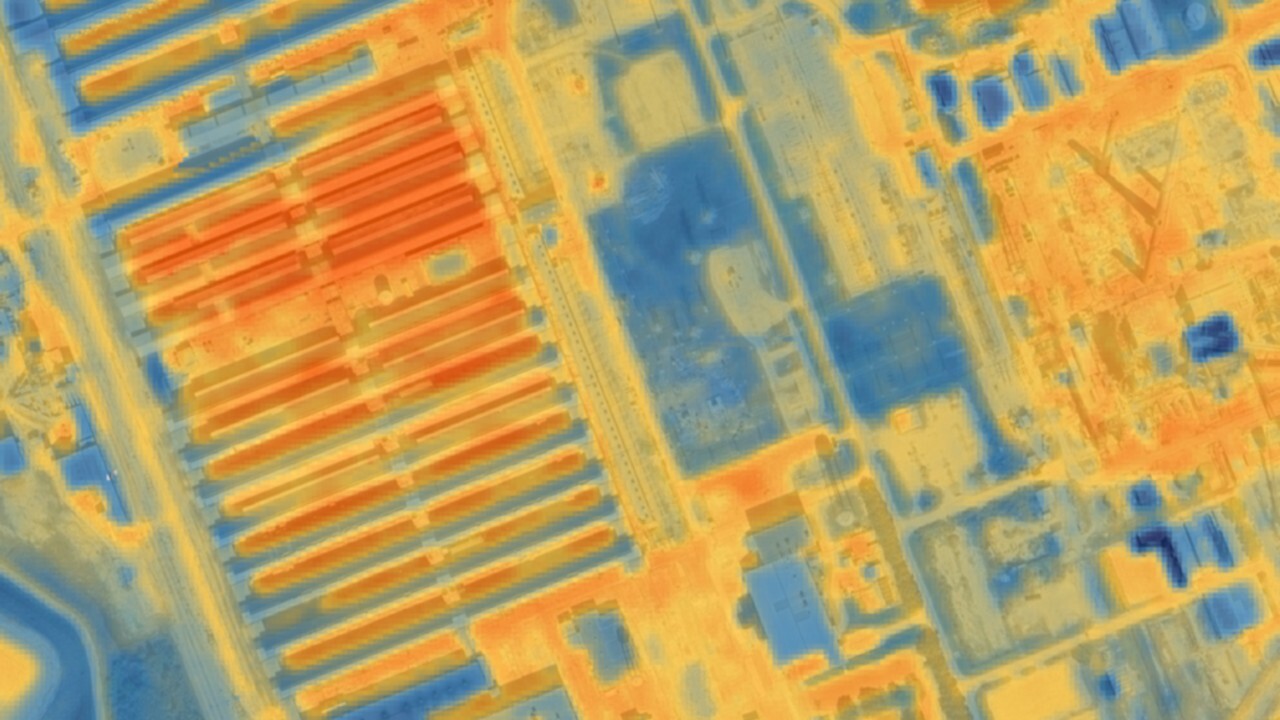Chinese rocket body disintegrates into big cloud of space junk
A Long March 6A upper stage has deteriorated into 350 pieces of debris following a Nov. 12 breakup event.

Part of a Chinese rocket that launched the Yunhai 3 satellite last month is now a debris cloud of around 350 pieces.
The Long March 6A rocket launched from Taiyuan, north China, on Nov. 11, successfully inserting the Yunhai 3 environmental monitoring satellite into its intended orbit.
The upper stage of the rocket, however, apparently suffered a breakup event shortly thereafter. On Nov. 12, the U.S. Space Force's 18th Space Defense Squadron (18 SDS) reported that it was tracking at least 50 discrete pieces of orbital debris from the rocket body.
Ongoing tracking from 18 SDS, which focuses on space domain awareness, now states that the debris cloud has grown to 350 objects associated with the rocket stage.
Related: Kessler Syndrome and the space debris problem
There are now 350 debris objects cataloged from the Nov 12 disintegration of a Chinese rocket stage (CZ-6A Y2), in sun-sync orbit pic.twitter.com/D6qAOwkbpNDecember 8, 2022
Breakups of rocket stages are not uncommon. The European Space Agency's Space Debris Office at Darmstadt, Germany, notes that there have been more than 630 breakups, explosions, collisions or anomalous events in orbit creating debris to date. A Russian space tug broke up earlier this year, 15 years after its launch.
Collisions with space debris or micrometeorites can create more junk. Many spacecraft operators currently take steps to prevent events that could result in debris-creating explosions, such as venting residual propellant from tanks and discharging batteries.
Breaking space news, the latest updates on rocket launches, skywatching events and more!
Astrophysicist and satellite tracker Jonathan McDowell told Space.com that the distribution of debris from the recently launched Long March 6A suggests an energetic event, rather than something like insulation flaking off the rocket body at low velocity.
McDowell suggested that, given the timing, one possibility is a failure to vent propellant and then the residual propellant igniting, but he stressed that the cause is unclear.
China’s Foreign Ministry replied to a New York Times question on the incident on Nov. 14, stating that "what happened will not have an impact on China's space station or the International Space Station. I would refer you to competent authorities for details."
The majority of the Long March 6A debris is between the altitudes of 500 miles and 620 miles (800 to 1,000 kilometers), and most of it will take a very long time to reenter the atmosphere. The ISS orbits at an average of 227 miles (420 km) above Earth, with China's Tiangong space station flying at a slightly lower altitude.
Follow us on Twitter @Spacedotcom or on Facebook.

Andrew is a freelance space journalist with a focus on reporting on China's rapidly growing space sector. He began writing for Space.com in 2019 and writes for SpaceNews, IEEE Spectrum, National Geographic, Sky & Telescope, New Scientist and others. Andrew first caught the space bug when, as a youngster, he saw Voyager images of other worlds in our solar system for the first time. Away from space, Andrew enjoys trail running in the forests of Finland. You can follow him on Twitter @AJ_FI.
